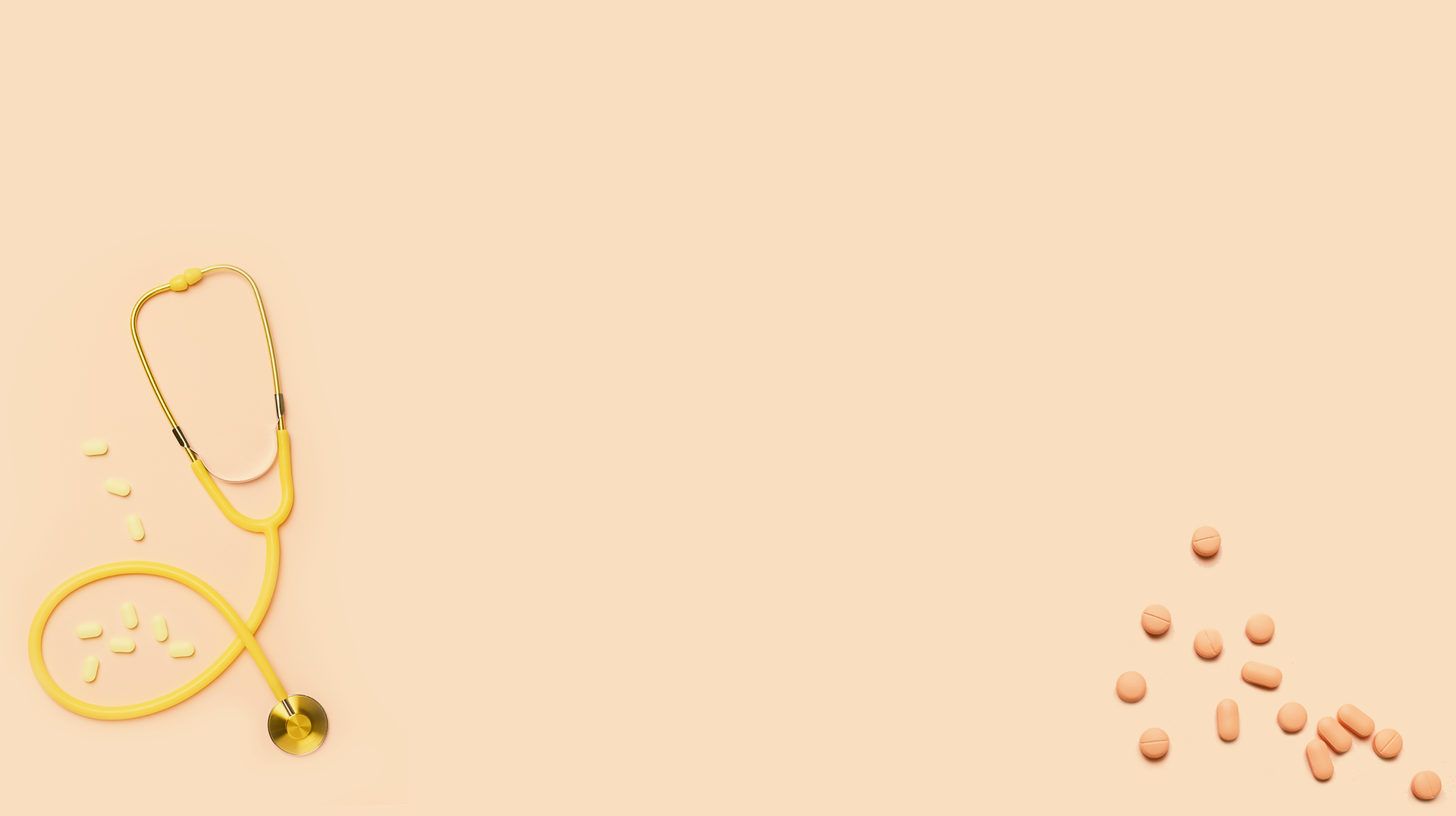
In the realm of healthcare, the responsible management of medical waste and medical supplies holds paramount importance. Beyond mere regulatory compliance, proper disposal practices are indispensable for safeguarding public health, preserving environmental integrity, and upholding ethical standards within the medical community.
Understanding Medical Waste and Medical Supplies
Before delving into the intricacies of disposal methods, it's essential to delineate what constitutes medical waste and medical supplies.
Medical Waste: This encompasses a broad spectrum of materials generated through healthcare activities, including but not limited to used bandages, syringes, surgical instruments, gloves, cultures, and blood-soaked dressings. These items possess the potential to harbor infectious agents, rendering them hazardous to human health if not handled properly.
Medical Supplies: On the other hand, medical supplies refer to a diverse array of tools, equipment, and consumables employed in patient care and treatment. These encompass everything from diagnostic devices, pharmaceuticals, and surgical implements to protective gear, disinfectants, and single-use medical products.
Importance of Proper Disposal
The improper disposal of medical waste and medical supplies poses multifaceted risks, ranging from the transmission of infectious diseases to environmental contamination and occupational hazards. By adhering to rigorous disposal protocols, healthcare facilities can mitigate these risks and fulfill their duty to protect public health and the environment.
Best Practices for Disposal
Segregation
The cornerstone of effective medical waste management lies in proper segregation at the point of generation. Healthcare facilities must implement robust segregation protocols to categorize waste into distinct streams, such as infectious, hazardous, pharmaceutical, and non-hazardous waste. This segregation facilitates streamlined handling and ensures that each type of waste receives appropriate treatment.
Packaging
Once segregated, medical waste and medical supplies must be securely packaged to prevent leakage, breakage, or spillage during transport and disposal. Use puncture-resistant containers, biohazard bags, and sharps containers for sharps disposal to minimize the risk of injury and contamination.
Treatment
After packaging, medical waste undergoes treatment to neutralize pathogens and reduce its volume or toxicity. Common treatment methods include incineration, autoclaving, chemical disinfection, and microwaving, each tailored to the specific characteristics of the waste stream. Medical supplies, especially single-use items, should be disposed of in a manner that minimizes environmental impact, such as recycling or landfilling in accordance with local regulations.
Disposal
The final stage of medical waste management involves safe disposal in compliance with relevant laws and regulations. Healthcare facilities must partner with licensed waste management companies equipped to handle medical waste and medical supplies responsibly. These entities employ specialized vehicles and facilities to transport, treat, and dispose of medical waste in accordance with stringent safety and environmental standards.
Regulatory Compliance
Compliance with regulatory requirements is non-negotiable when it comes to medical waste management. Healthcare facilities must stay abreast of federal, state, and local regulations governing the handling, transportation, treatment, and disposal of medical waste and medical supplies. Failure to comply with these regulations can result in severe penalties, legal liabilities, and reputational damage.
Conclusion
In conclusion, proper disposal of medical waste and medical supplies is a complex yet indispensable aspect of healthcare operations. By adhering to best practices for segregation, packaging, treatment, and disposal, healthcare facilities can mitigate risks, protect public health, and uphold environmental stewardship. Regulatory compliance serves as a linchpin in this endeavor, underscoring the importance of meticulous adherence to legal requirements.
Frequently Ask Questions:
What is classified as medical waste?
Medical waste encompasses a wide range of materials generated in healthcare settings, including used bandages, syringes, surgical instruments, gloves, cultures, and blood-soaked dressings. These items can harbor infectious agents and pose risks to public health if not handled properly.
Why is proper disposal of medical waste important?
Proper disposal of medical waste is crucial for safeguarding public health, preventing the spread of infectious diseases, preserving environmental integrity, and ensuring occupational safety within healthcare facilities.
How should medical waste be segregated?
Medical waste should be segregated at the point of generation into distinct streams, such as infectious, hazardous, pharmaceutical, and non-hazardous waste. This segregation enables proper handling and ensures that each type of waste receives appropriate treatment.
What are the consequences of improper disposal?
Improper disposal of medical waste can lead to transmission of infectious diseases, environmental contamination, occupational hazards, legal penalties, and reputational damage to healthcare facilities.
Which regulations govern medical waste disposal?
Medical waste disposal is regulated by federal, state, and local laws, which dictate the handling, transportation, treatment, and disposal procedures. Compliance with these regulations is essential to avoid legal liabilities and ensure public safety.
What are the recommended packaging methods for medical waste?
Recommended packaging methods include using puncture-resistant containers, biohazard bags, and sharps containers for sharps disposal. Secure packaging helps prevent leakage, breakage, or spillage during transport and disposal.
Can medical supplies be recycled?
Some medical supplies, especially single-use items, can be recycled in accordance with local regulations and recycling facilities' guidelines. However, certain supplies may need specialized disposal methods due to contamination or hazardous materials.
What treatments are commonly used for medical waste?
Common treatment methods for medical waste include incineration, autoclaving, chemical disinfection, and microwaving. Each method is tailored to the specific characteristics of the waste stream to neutralize pathogens and reduce volume or toxicity.
How can healthcare facilities ensure regulatory compliance?
Healthcare facilities can ensure regulatory compliance by staying updated on relevant laws and regulations, implementing robust waste management protocols, providing staff training, and partnering with licensed waste management companies.
Who is responsible for overseeing medical waste disposal within healthcare facilities?
Healthcare facilities typically designate a waste management team or officer responsible for overseeing proper disposal practices, ensuring regulatory compliance, and coordinating with waste management service providers. This ensures accountability and adherence to best practices in waste management.

